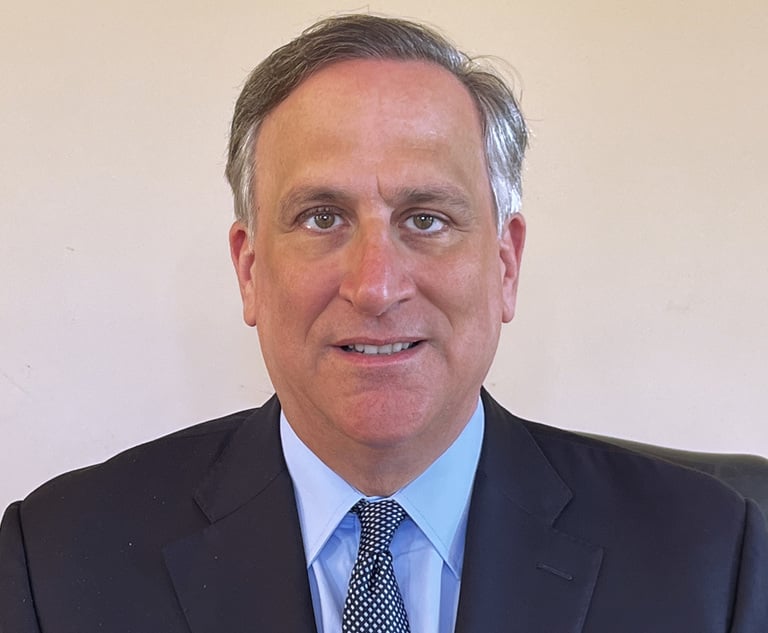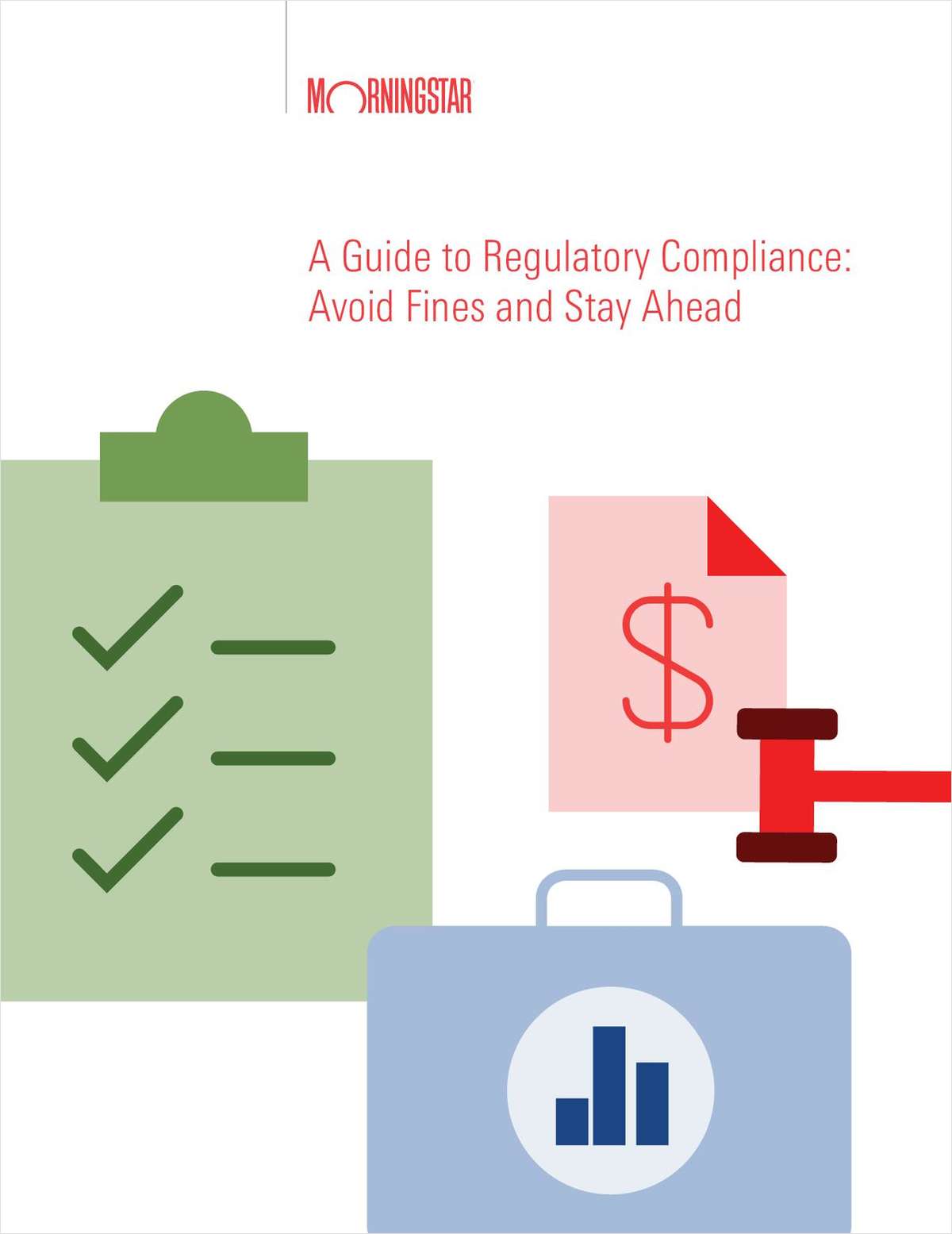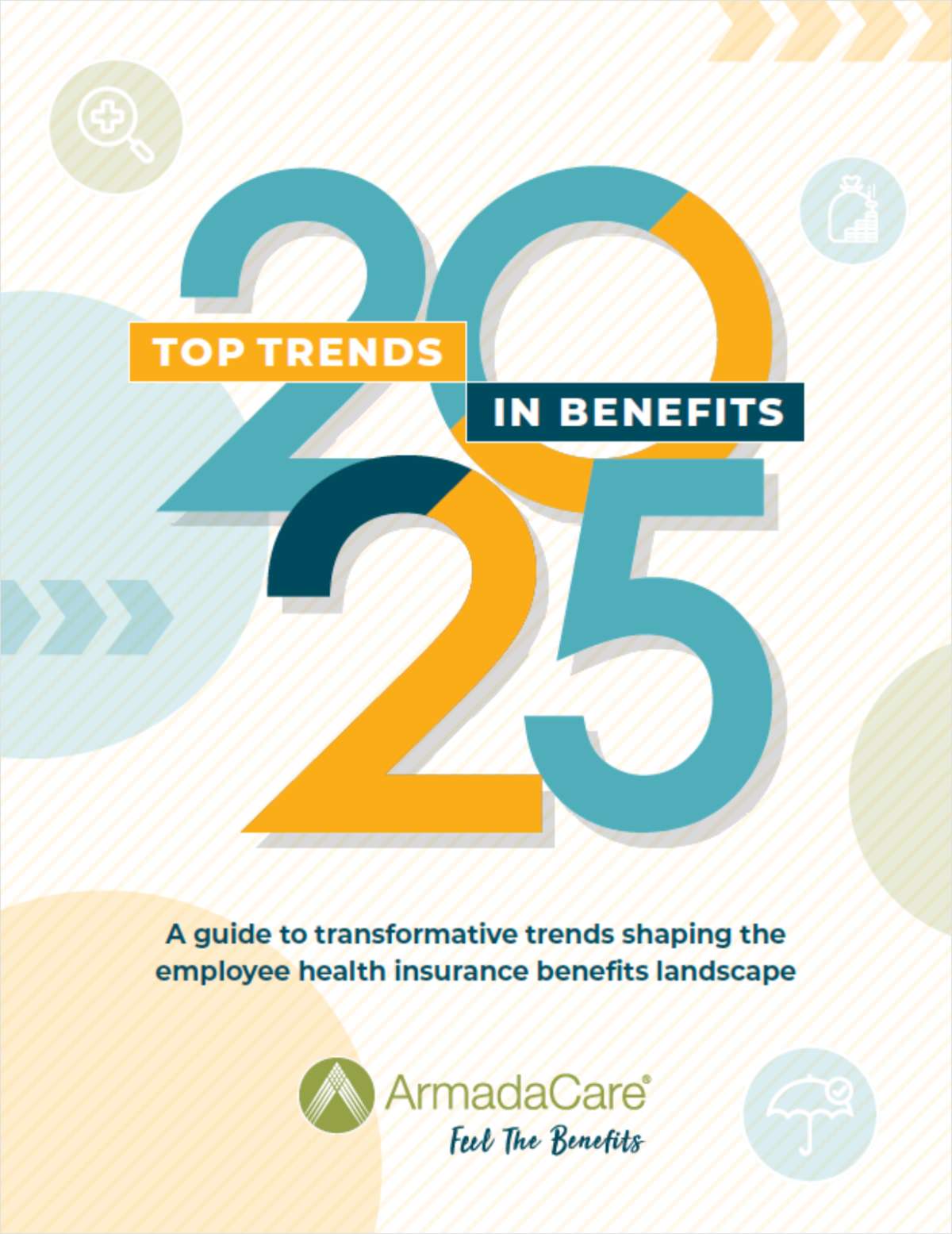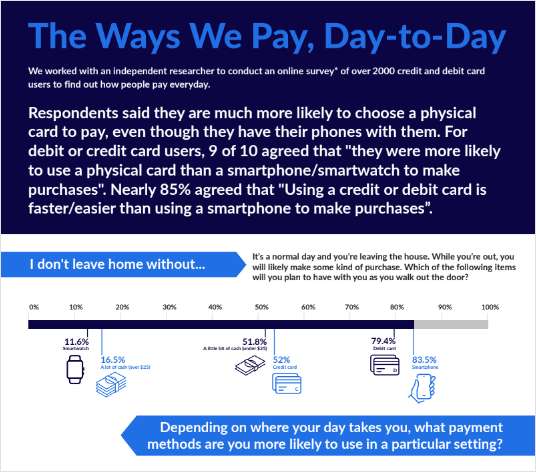Is it Time for Connecticut to Expand Rule 8.4?
Harassment and discrimination should have no place in our profession but Rule 8.4 has been challenged as overly broad, unconstitutional and interfering with the rights of attorneys to zealously advocate for their clients.
January 24, 2020 at 09:43 AM
4 minute read
 In 2016, the American Bar Association House of Delegates added discrimination and harassment to the definition of professional misconduct. ABA Rule 8.4(g) specifically states:
In 2016, the American Bar Association House of Delegates added discrimination and harassment to the definition of professional misconduct. ABA Rule 8.4(g) specifically states:
"It is professional misconduct for a lawyer to: … (g) engage in conduct that the lawyer knows or reasonably should know is harassment or discrimination on the basis of race, sex, religion, national origin, ethnicity, disability, age, sexual orientation, gender identity, marital status or socioeconomic status in conduct related to the practice of law. This paragraph does not limit the ability of a lawyer to accept, decline or withdraw from a representation in accordance with Rule 1.16. This paragraph does not preclude legitimate advice or advocacy consistent with these Rules."
The ABA goes on to proscribe related conduct as including not only the representation of clients but also interactions with lawyers, coworkers, court personnel, witnesses and others. See Comment.
The rationale is laudable. Harassment and discrimination should have no place in our profession. However, the rule has been challenged as overly broad, unconstitutional and interfering with the rights of attorneys to zealously advocate for their clients.
Connecticut has not followed suit by way of adding language from ABA Rule 8.4(g) to its practice book, but a comment was added to Rule 8.4(4) stating;
"A lawyer who, in the course of representing a client, knowingly manifests by words or conduct, bias or prejudice based upon race, sex, religion, national origin, disability, age, sexual orientation or socioeconomic status, violates subdivision (4) when such actions are prejudicial to the administration of justice. Legitimate advocacy respecting the foregoing factors, does not violate subdivision (4)." (From the Connecticut Practice Book).
Connecticut has been at the forefront in enacting non-discrimination laws, and as a profession we spend a lot of time and money on related initiatives and training. On November 6, 2019, the Commission on Minimum Continuing Legal Education issued Opinion 21: Ethics/Professionalism Requirement, stating practitioners could satisfy the Minimum Continuing Legal Education (MCLE) Ethics requirement by completing MCLEs on diversity, inclusion, bias and wellness, and other subjects. While not going as far as New York and other states have gone requiring diversity & inclusion, bias and wellness education, Connecticut has made it clear that the issues are important to the bench and bar.
But is training enough? Do we need additional safeguards to protect not only conduct involving clients, but also each other?
In early 2019, the National Association for Law Placement (NALP) released its 2018 Report on Diversity in U.S. Law Firms which indicated 84% of attorneys identify as white, and 65% are men. Though there have been incremental increases in the number of women in top positions at law firms, increases of late have been nominal. The Connecticut Bar Association's Diversity and Inclusion Committee surveyed leadership and implemented an assessment tool to capture data from the signatories to the D&I Pledge and Plan. The committee concluded Connecticut's legal profession is less diverse than the national market.
The CBA, affinity bar associations, the Lawyers Collaborative for Diversity and our state's three law schools all host D&I events, MCLEs, symposia and summits. Firms, legal services organizations, state agencies and corporations participate in training and take diversity seriously. Whether participants are acknowledging diversity is good for business or simply thinking it's the right thing to do, people are paying attention. But more women and lawyers of color alone do not make change in an organization, and training alone does not seem to be adequate. We need to focus on systems that create barriers to inclusion and foster cultures in which discrimination and harassment are tolerated.
In 2018 the ABA Commission on Women in the Profession and the Minority Corporate Counsel Association coauthored a report titled, "You Can't Change What You Can't See: Interrupting Racial and Gender Bias in the Legal Profession." The report highlighted the experiences of women and lawyers of color at law firms and corporations. In addition, bias in compensation, assignments, sponsorship and networking opportunities was greater for women and lawyers of color. Twenty-five percent of women, regardless of race, reported sexual harassment in the workplace. The expanded ABA Rule 8.4(g) attempts to tackle these systemic issues.
Connecticut may need to take a determined step toward ensuring our profession is free from harassment, discrimination and bias. Along that line, expanding Connecticut Rule 8.4 to include language from the ABA's revision sounds like an idea worth exploring.
This content has been archived. It is available through our partners, LexisNexis® and Bloomberg Law.
To view this content, please continue to their sites.
Not a Lexis Subscriber?
Subscribe Now
Not a Bloomberg Law Subscriber?
Subscribe Now
NOT FOR REPRINT
© 2025 ALM Global, LLC, All Rights Reserved. Request academic re-use from www.copyright.com. All other uses, submit a request to [email protected]. For more information visit Asset & Logo Licensing.
You Might Like
View All
ADVANCE Act Offers Conn. Opportunity to Enhance Carbon-Free Energy and Improve Reliability With Advanced Nuclear Technologies

Trending Stories
- 1Just Ahead of Oral Argument, Fubo Settles Antitrust Case with Disney, Fox, Warner Bros.
- 2Best Practices for Adopting and Adapting to AI: Mitigating Risk in Light of Increasing Regulatory and Shareholder Scrutiny
- 3FOMO Run Amok? Resolve of Firms Chasing AI Dreams Tested by Sky-High Costs
- 4Sam Butler, Longtime Cravath Presiding Partner, Dies at 94
- 5French Rape Case Highlights Need for Vigilance, Education
Who Got The Work
Michael G. Bongiorno, Andrew Scott Dulberg and Elizabeth E. Driscoll from Wilmer Cutler Pickering Hale and Dorr have stepped in to represent Symbotic Inc., an A.I.-enabled technology platform that focuses on increasing supply chain efficiency, and other defendants in a pending shareholder derivative lawsuit. The case, filed Oct. 2 in Massachusetts District Court by the Brown Law Firm on behalf of Stephen Austen, accuses certain officers and directors of misleading investors in regard to Symbotic's potential for margin growth by failing to disclose that the company was not equipped to timely deploy its systems or manage expenses through project delays. The case, assigned to U.S. District Judge Nathaniel M. Gorton, is 1:24-cv-12522, Austen v. Cohen et al.
Who Got The Work
Edmund Polubinski and Marie Killmond of Davis Polk & Wardwell have entered appearances for data platform software development company MongoDB and other defendants in a pending shareholder derivative lawsuit. The action, filed Oct. 7 in New York Southern District Court by the Brown Law Firm, accuses the company's directors and/or officers of falsely expressing confidence in the company’s restructuring of its sales incentive plan and downplaying the severity of decreases in its upfront commitments. The case is 1:24-cv-07594, Roy v. Ittycheria et al.
Who Got The Work
Amy O. Bruchs and Kurt F. Ellison of Michael Best & Friedrich have entered appearances for Epic Systems Corp. in a pending employment discrimination lawsuit. The suit was filed Sept. 7 in Wisconsin Western District Court by Levine Eisberner LLC and Siri & Glimstad on behalf of a project manager who claims that he was wrongfully terminated after applying for a religious exemption to the defendant's COVID-19 vaccine mandate. The case, assigned to U.S. Magistrate Judge Anita Marie Boor, is 3:24-cv-00630, Secker, Nathan v. Epic Systems Corporation.
Who Got The Work
David X. Sullivan, Thomas J. Finn and Gregory A. Hall from McCarter & English have entered appearances for Sunrun Installation Services in a pending civil rights lawsuit. The complaint was filed Sept. 4 in Connecticut District Court by attorney Robert M. Berke on behalf of former employee George Edward Steins, who was arrested and charged with employing an unregistered home improvement salesperson. The complaint alleges that had Sunrun informed the Connecticut Department of Consumer Protection that the plaintiff's employment had ended in 2017 and that he no longer held Sunrun's home improvement contractor license, he would not have been hit with charges, which were dismissed in May 2024. The case, assigned to U.S. District Judge Jeffrey A. Meyer, is 3:24-cv-01423, Steins v. Sunrun, Inc. et al.
Who Got The Work
Greenberg Traurig shareholder Joshua L. Raskin has entered an appearance for boohoo.com UK Ltd. in a pending patent infringement lawsuit. The suit, filed Sept. 3 in Texas Eastern District Court by Rozier Hardt McDonough on behalf of Alto Dynamics, asserts five patents related to an online shopping platform. The case, assigned to U.S. District Judge Rodney Gilstrap, is 2:24-cv-00719, Alto Dynamics, LLC v. boohoo.com UK Limited.
Featured Firms
Law Offices of Gary Martin Hays & Associates, P.C.
(470) 294-1674
Law Offices of Mark E. Salomone
(857) 444-6468
Smith & Hassler
(713) 739-1250












